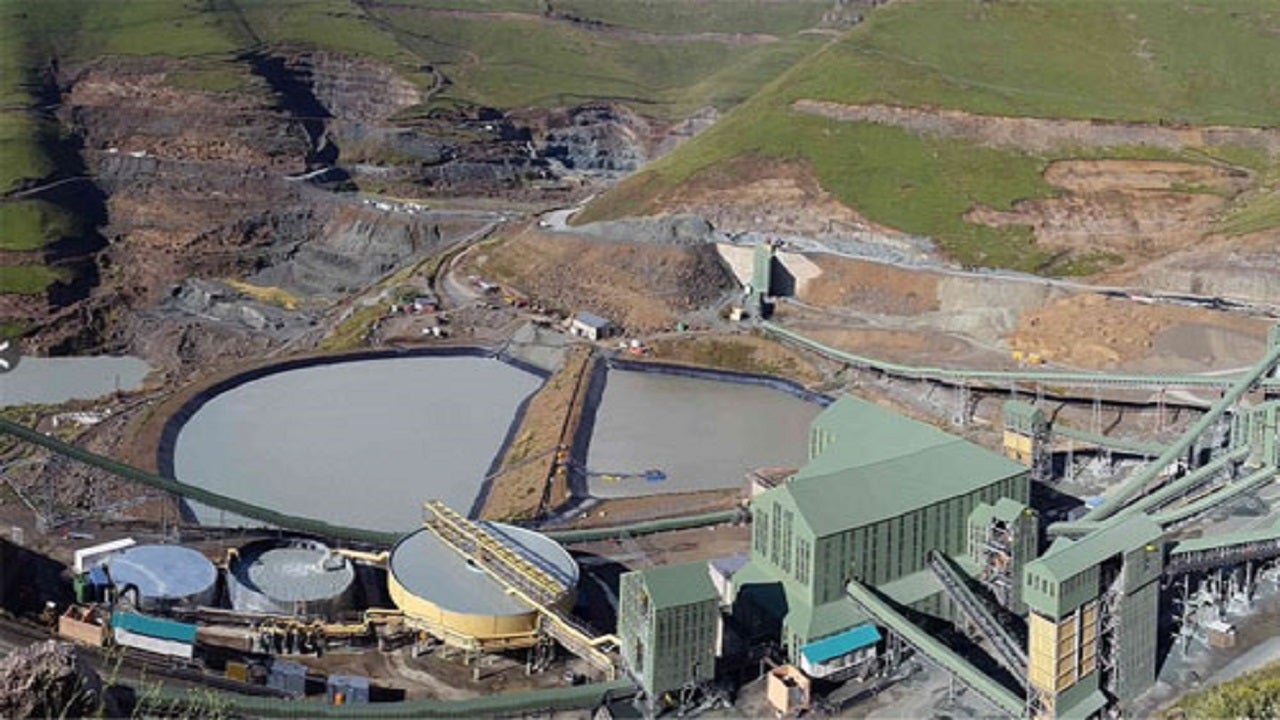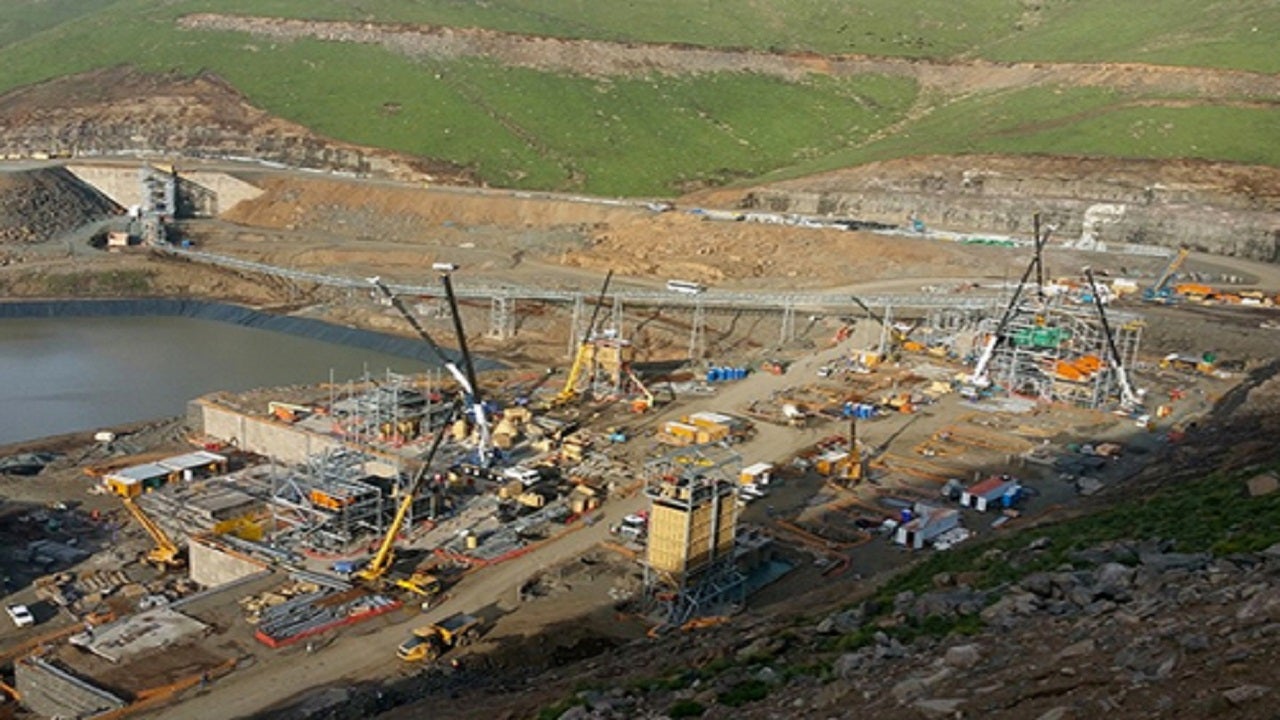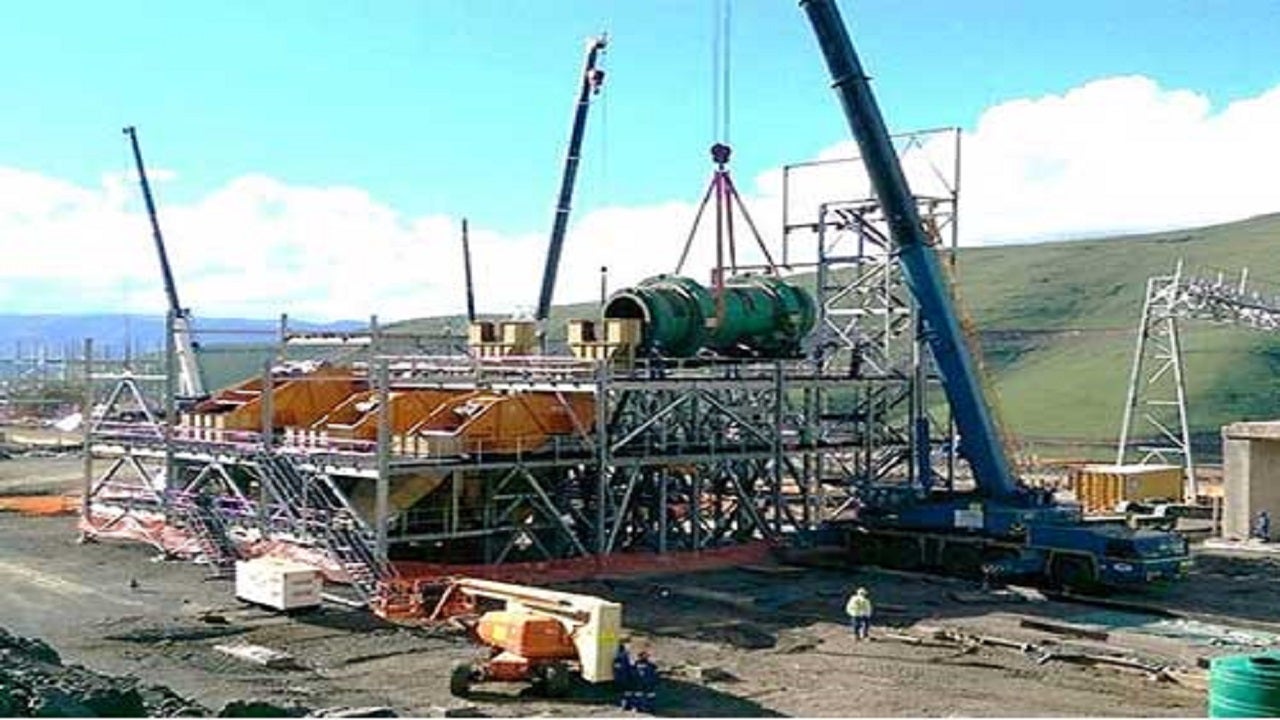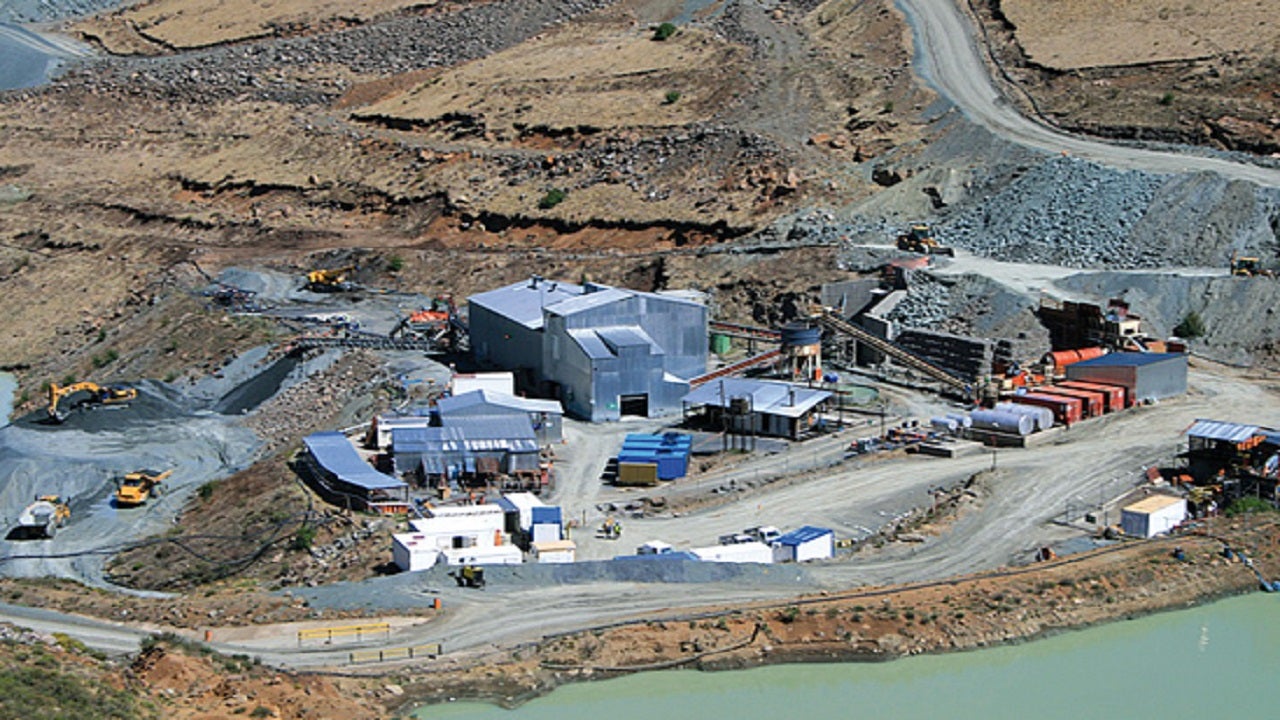The Liqhobong diamond mine, located within the Liqhobong valley in the Maluti mountains, approximately 120km east-northeast (ENE) of Maseru, is owned by Liqhobong Mining Development Company (LMDC), a company owned by Firestone Diamonds (75%) and the Kingdom of Lesotho (25%).
The mining lease for Firestone Diamonds is valid until June 2021, with options to renew it by two additional periods of ten years. The project primarily involves the development of an open-pit mine to a depth of 393m and construction of a main treatment plant (MTP).
The definitive feasibility study (DFS) for the project was completed in October 2012 and was revised in November 2013 to increase the estimated cost, due to the inclusion of the grid power infrastructure cost.
Construction was initiated in June 2014 and as of September 2015, 49% of the overall construction works was completed, while the overall engineering design was 90% complete. First production from the project was achieved in 2016 and the first diamond sale was held in February 2017.
The mine began commercial production in the second quarter of 2017. It currently employs more than 550 workers.
Lesotho diamond mine history and geology
The diamond mine was discovered in the 1950s by Colonel Jack Scott. Kopane Diamond Development produced diamond from the satellite pipe between 2005 and 2008. Firestone Diamonds acquired the project in September 2010 and restarted operation from a pilot facility in July 2011, producing more than 325,000ct until October 2013.
The first large-scale evaluation programme on the main pipe was conducted by MineGem (acquired by Kopane in 2001) in the 1990s. The satellite pipe covers a surface area of 1.6ha, while the main pipe, located approximately 300m from the satellite pipe, covers a surface area of 8.6ha.
The diamond mine site integrates four intrusive kimberlite rocks, namely K2, K4, K5 and K6.
Liqhobong mine reserves
As of June 2019, the mine was estimated to contain probable reserves of 25.2Mt graded at 22cpht, containing 5.623Mct of diamond.
The combined indicated and inferred resources were estimated to be 73.29Mt graded at 28ct/100t, containing 20.246Mct of diamond.
Mining and processing at Liqhobong mine
Up to 60% of the total resource will be mined using the open-pit mining method, incorporating three stripping cuts, while the remaining resource is expected to be mined employing either a fourth cut in the open-pit or through an underground operation.
The main treatment plant comprises two 250t an hour trains, which treat 3.6Mt of ore and produce more than 1.1Mct a year of diamond. It integrates a simple scrubbing, screening, crushing and concentration design.
The processing plant incorporates combined jaw and cone crushers, scrubbing and conventional screening, coarse and fines dense medium separation and final concentration using X-ray fluorescence technology.
The plant treated 3.7 million tonnes of ore FY2019, exceeding its nameplate capacity of 500 tonnes per hour (tph). It recovered 829,458 carats with a grade of 22.6 carats per 100 tonnes (cpht) for the year.
Infrastructure and construction
Related major infrastructure at the project site includes a residue storage facility (RSF), a waste rock dump, mine offices and accommodation blocks.
A new 5.8km access road, the power grid connection facilities, earthworks and accommodation facilities were completed as of September 2015. The project also involves the decommissioning and dismantling of the pilot plant at the site.
Financing Firestone Diamonds’ flagship project
The total investment in the project is estimated to reach $185.4m. The project achieved financial closure in May 2014 and is being funded through equity and debt. The strategic investors in the project include the Pacific Road Resource Fund, and the Resource Capital Fund.
An $82.4m debt facility is being provided by the Absa Bank, while the project also benefits from a $30m Eurobond (Series A) debt. The review of the project’s financial model was performed by Operis on behalf of both Firestone Diamonds and Absa.
Contractors involved with the Liqhobong diamond mine
The engineering, procurement and construction management (EPCM) contractor for the project is DPR. The company was also involved in conducting the project’s DFS in collaboration with a number of independent consultants, including Zstar Mining Mineral Resource Consultants, AC Howe, and MPH Consulting, as well as Snowden Mining Industry Consultants, Golder Associates Africa, and Geo Tail.
JB Switchgear has been contracted by DRA to design, manufacture and supply 11 of its Eagle Series motor control centres (MCCs) for the project, while Zest WEG Group’s Generator Set Division manufactured and supplied a containerized three-generator unit with a collapsible snow roof for the project.
Other contractors involved in the project are MGCRST Mining, and Turnkey Civil Group (TCG).
Stefanutti Stocks is responsible for the earth and civil works at the mine.







